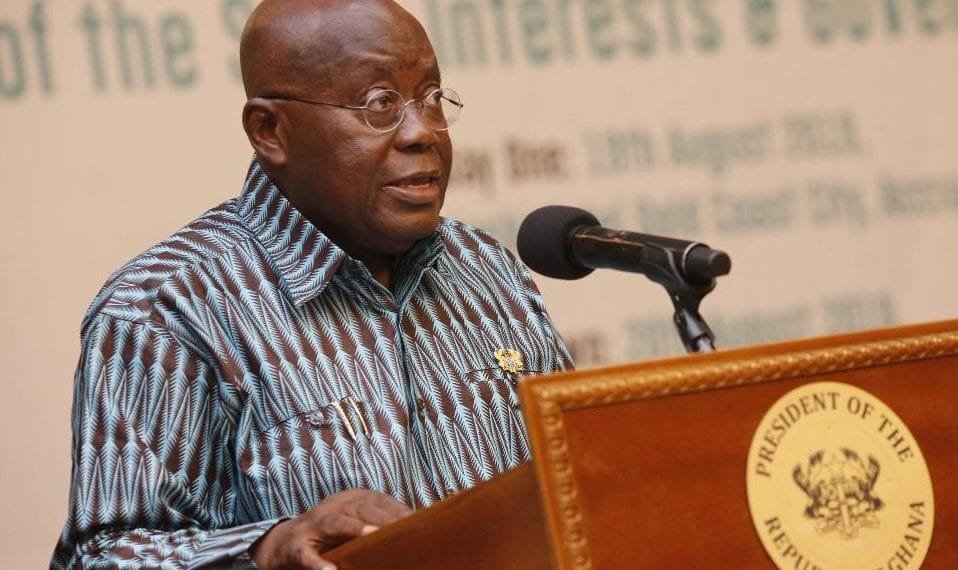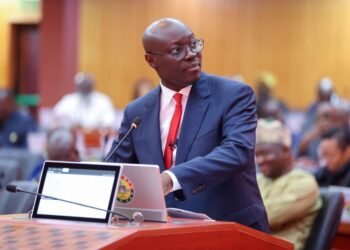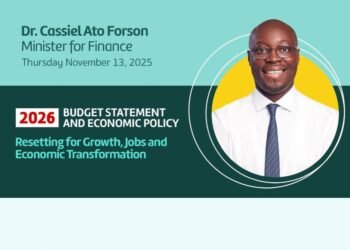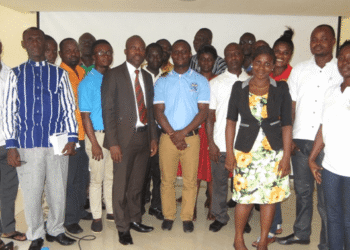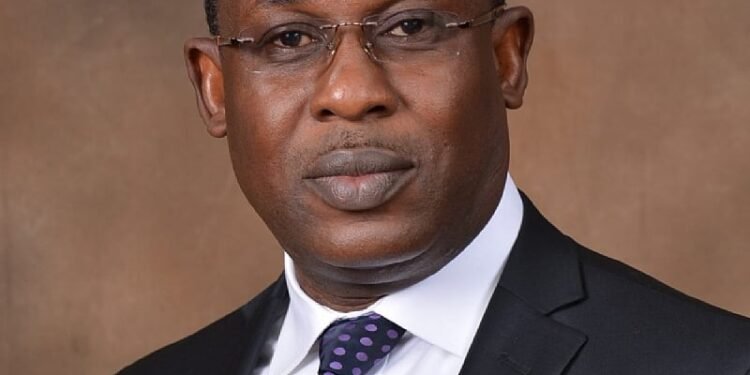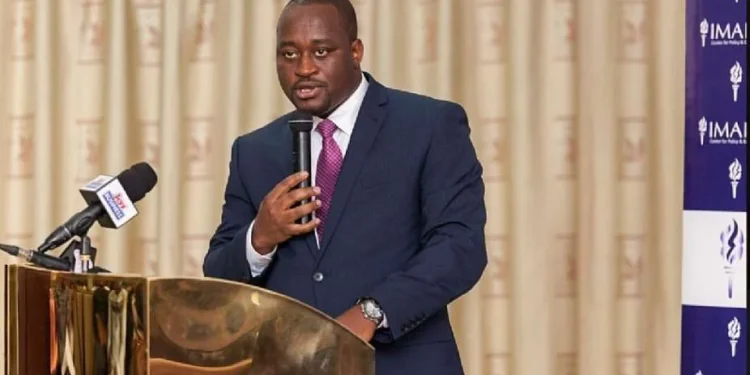President Akufo-Addo has stated that the country has now attained an 85 percent national electricity access rate as of October 2020. The President attributed this to the National Electrification Scheme, which according to him, has added a total of 1,436 communities to the national grid.
Meanwhile, the President said that his “ambition is that, by the end of my term, the figure will be 100 percent”. He further revealed that the country is currently negotiating with Independent Power Producers to make the cost of power more affordable for Ghanaians.
Energy sector developments
President Akufo-Addo stated that the National Energy Policy outlined in 2020 holds the promise of improving the sector. According to him, the policy will improve the framework and strategies to meet the contemporary energy needs of the country.
Also, the President hinted that the government has improved the financial sustainability of the energy sector. He indicated that the government did this through several interventions such as paying up the energy legacy debts.
According to the President, the Ghana National Petroleum Corporation (GNPC) has accelerated petroleum exploration activities in the inland Volta Basin. He detailed that it has successfully acquired and processed 2,538km of 2D seismic data, and analyzed 1,537 geochemical samples. He asserted that the GNPC has established a working petroleum system.
Gas infrastructure development
Meanwhile, he pointed out that his government is constructing a gas processing plant-train in the Western Region to complement the Atuabo Gas Processing Plant. The aim is to increase dry gas delivery for power and non-power users.
Furthermore, the President indicated that work has completed on the Takoradi portion of the Takoradi-Tema Interconnection Project (TTIP). This has increased the capacity of gas exports from Takoradi to Tema, through the West African Gas Pipeline.
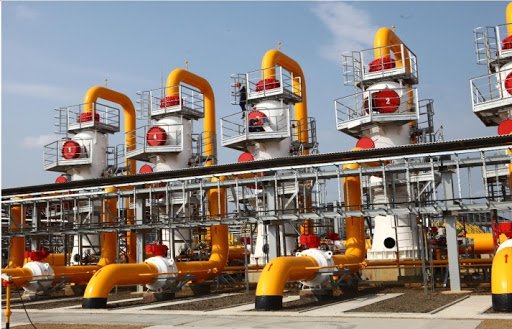
The GNPC is working on the Tema LNG project to improve gas supply reliability for power and non-power industrial applications. President Akufo-Addo expressed optimism that the project, Sub-Saharan Africa’s first LNG, will come on stream in the year. The facility will also become a hub for regional energy security. Thus, it will ensure low-cost fuel for both Ghana and its partners in the ECOWAS Region.
Trends in Electricity Access
According to a World Bank 2019 report, Ghana is one of the countries in Africa that has attained above-average growth in electricity access over the last two decades. The country is among the African countries with the highest rate of electricity coverage.
In the five years 1993–98, access to electricity in households grew by 2.4 percentage points per year. This increased access to electricity to 43 percent from 31 percent over the period. However, growth slowed to just 1.1 percentage points per year between 1998 and 2003.
Since then, access grew at 2.4 percentage points per year during 2003–08 and 3.0 percentage points per year during 2008–14. The World Bank indicated that it took Ghana 21 years to raise household electrification to 78 percent from 31 percent as of 2014. This happened with an average annual gain of 2.3 percentage points.
As of 2016, only 42.8 percent of the population in Africa had access to electricity, far less than any other developing region. Only two countries in the region, Mauritius and Seychelles, have near-universal electricity coverage.
READ ALSO : Total electricity consumption to increase by 8.3 % in the next five years

